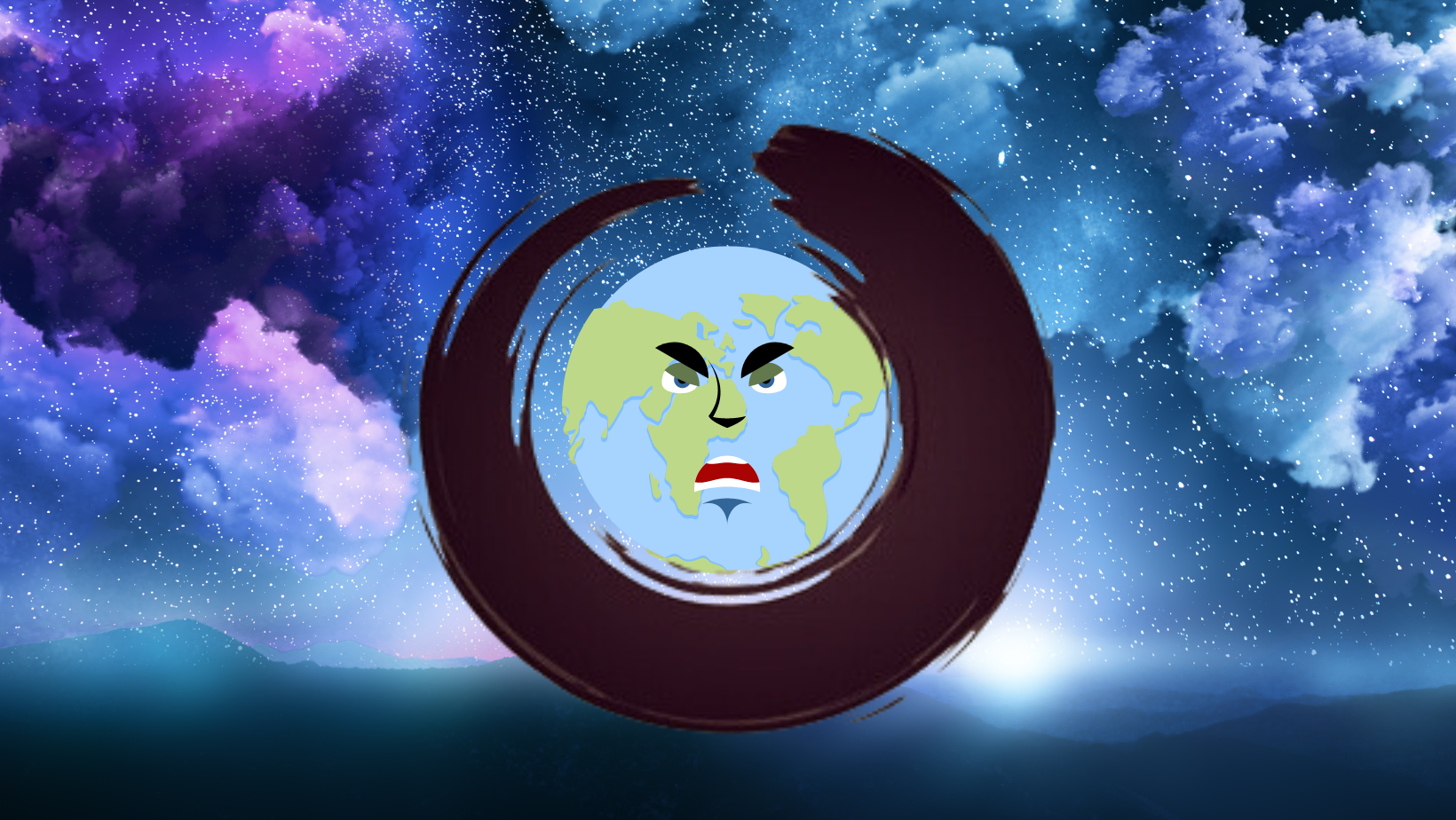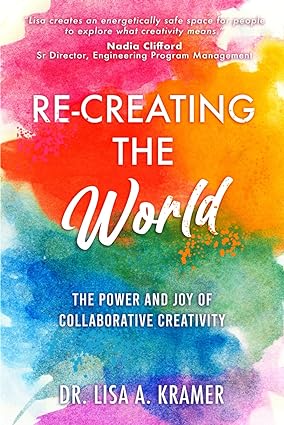Being Gateless in an Angry World
by Lisa A Kramer, in Creativity
, Collaboration
, Leadership
, Gateless

In a recent interview for a possible contract job helping thought leaders in planning and facilitating their online workshops and programs, I was asked: "How do you deal with difficult personalities?"
In some ways, it feels like all we ever do lately is deal with difficult personalities. We live in an angry world. We've lost the ability to communicate across differences and disagreements because of entrenched beliefs that allow no room for discovering new ways of being and doing.
However, I don't subscribe to that. I am actively seeking ways to communicate better, to listen better, and to encourage some kind of neutral ground where we connect in a place of collaboration even if we don't fully understand one another.
For me, that space lies in creativity and collaboration. It lies in a willingness to search for the good, the beauty, the things that work, rather than everything that is broken and ugly. It's a difficult thing to do at times, especially when your are dealing with difficult personalities including your own doubts and fears.
Sometimes the most difficult personality we have to deal with is our own.
Today, I want to share the foundations of my approaches to building creatively with anyone, so that we all might begin to understand why I believe Creative Power is so important.
Learning from Liz Lerman
Liz Lerman is a" choreographer, performer, writer, speaker, and teacher". She is also the creator of a Critical Response Process (CRP), which is a method of giving and receiving feedback on creative works-in-progress. The basic CRP method breaks down to these four steps:
1. Statements of Meaning: Responders state what was meaningful, evocative, interesting, exciting, striking in the work they have just witnessed.
2. Artist as Questioner: The artist asks questions about the work. After each question, the responders answer. Responders may express opinions if they are in direct response to the question asked and do not contain suggestions for changes.
3. Neutral Questions: Responders ask neutral questions about the work. The artist responds. Questions are neutral when they do not have an opinion couched in them. For example, if you are discussing the lighting of a scene, “Why was it so dark?” is not a neutral question. “What ideas guided your choices about lighting?” is.
4. Opinion Time: Responders state opinions, subject to permission from the artist. The usual form is “I have an opinion about ______, would you like to hear it?” The artist has the option to say no. (Learn more here).
This approach allows for more generative conversations around a creative work, without raising too many hackles in the process. As a teacher of theater, I had always tried to approach creating without attacking, and when I learned this process it helped me codify my own practices.
Embracing the Gateless Method
In 2020, when I spent much of my time exploring new options for my life, I learned about another methodology created by Suzanne Kingsbury, which she called Gateless Writing. I took the teacher training, and became one of fewer than 100 certified Gateless writing instructors.
In Suzanne's words:
Gateless Writing is a methodology that uses creative brain science, ancient Zen, and highly-effective craft tools + resources to move you beyond the conditioned, critical mind to a place of limitless creative potential beyond.
Basically, Gateless recognizes that writing is not just a mental action, but also a physical one. It is connected with the fight or flight fear response innate to all of us. When we feel attacked, including red marks scratched all over our work, we can either respond with anger or with fear. Neither response is conducive to more creativity, or even reasonable discussion.
Sadly, we seem to live in a world where everyone feels as if they are under constant attack. In truth, some people are.
In a Gateless writing salon, we get out of our heads, out of our own way, and focus on the things that work in any piece. We don't disclaim. We don't criticize. We separate the work from the writer, which allows for room to not feel attacked.

For those of you who are thinking, "but you need criticism to become better," I hear you. This works, though, because participants both hear excellent writing, learn to recognize it in other people's work, and begin to recognize where their own works shines, as well as where it falters.
If you are interested in taking a Gateless Salon with me, I offer them through a free community called Spark Collaborative.
CRP + Gateless + Me = Re-Creating the World
I realized that these two methodologies, plus my own approaches to working with people of all ages have made me a better teacher, if not a better artist myself. It has made me more open to at least trying to understand other people's perspectives and find ways to come to a better sense of balance. They have made me a better person in many ways.
Does it always work? No. Of course not. I'd be lying if I said it did. However, with each attempt I learn important things:
- I can still find the beauty and power in the writing of a person who believes that owning a gun is the most important right in the world. When I focus on the story and the words, I begin to understand why they think the way they do. When I focus on the metaphors and the imagery, I recognize the hurt and pain they have lived through to lead them to a belief that so opposes mine.
- The hardest person to be Gateless with is myself. However, when I can, I discover power in my own work, in my own beliefs, and in my dreams. I rediscover my own voice, and that is crucial in an angry world.
- It is possible to approach life in a way that lifts people up, rather than keeps them down. That encourages people to speak rather than silences them. That builds bridges, rather than widens divides.
So, how do I deal with difficult personalities in an angry world? By being Gateless with both them and myself. By listening to their inner creative who yearns to be heard. By believing that Creativity and Collaboration can indeed change the world.
